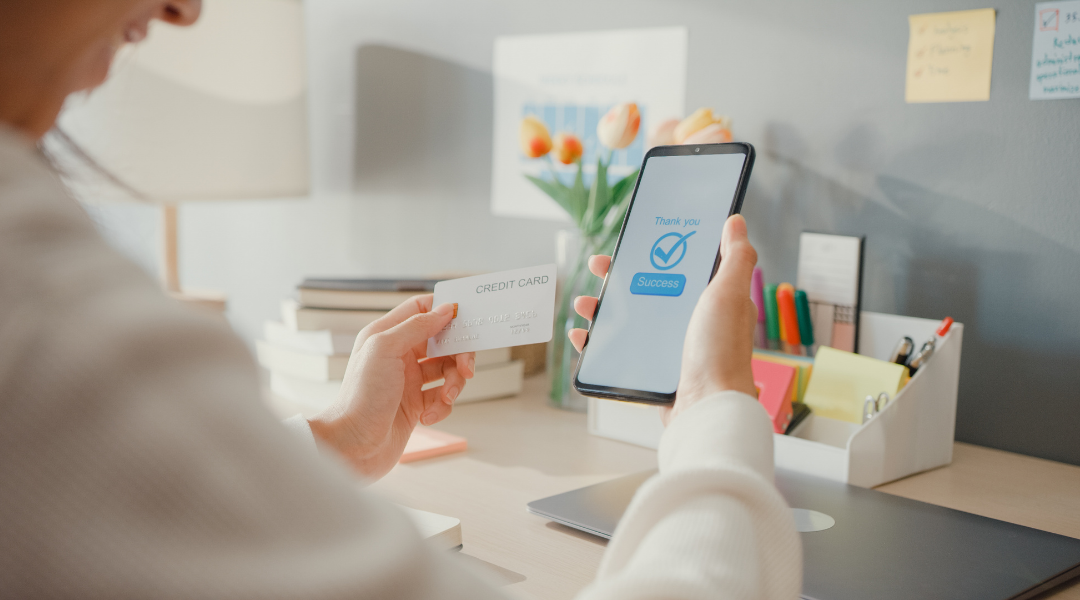The SOS Bookkeeping team know that ensuring you get paid on time is crucial to your success. The process of making sales and generating revenue lies at the heart of any business model. But you can’t manage your cash flow effectively or raise any profits if customers don’t actually pay their invoices.
How do you speed up those payments and make sure you get paid on time? Here are some tips from the SOS Bookkeeping team:
Set out clear payment terms
Your payment terms are the starting point for healthy payment times. These terms set out when you expect to be paid and form a legally binding contract with the customer. You may expect immediate payment on receipt of the invoice. Or you might set out a specific number of days that the customer has to pay the invoice (generally 30, 60, 90 or 120 days, depending on your industry). This is sometimes called ‘trade credit’ and allows your customers to pay for goods and services at a later, pre-agreed date – helping them to spread the cost.
Invoice customers as soon as you can
In a business-to-consumer (B2C) environment, your customers will generally pay for their goods and services immediately. But when you’re working in the business-to-business (B2B) world, you’ll need to send your customer an invoice, asking for the money to be paid.
Be organised about your payment admin
Getting paid is a process – and the more organised you make the process, the quicker the payment will be received. When you send out the invoice, make sure you send it to all the relevant people in the payment chain. This will usually be:
- Your main contact with the client – the person who you usually deal with
- The person who will approve the bill – the person who will green-light the payment
- The finance team – the person (or people) who will actually action the payment.
Embrace the available payment technology
Invoices used to be hard-copy printed bills, but in the digital age the vast majority of companies will send out e-invoices. Electronic invoices are easy to raise (usually from your accounting software or project management app) and can be emailed out instantly. Doing everything in the digital realm also makes it easier to keep records and keep track of payments.
Many e-invoice systems will also let you add a variety of different payment options for the customer. You could just include your bank details and wait for the customer to make a direct payment to your account. But you can also include payment buttons in the e-invoice that give customers the option to pay via digital payment gateways, like PayPal or GoCardless etc.
Offering more ways to pay makes the whole process more convenient for your customers – and will generally result in faster payment times as a result.
If you would like to discuss your business needs. Call SOS Bookkeeping on 01 849 5131 or email shane@sosbookkeeping.ie For the latest business/practice news, taxation/financial resources and our Newsletter, visit https://sosbookkeeping.ie/

